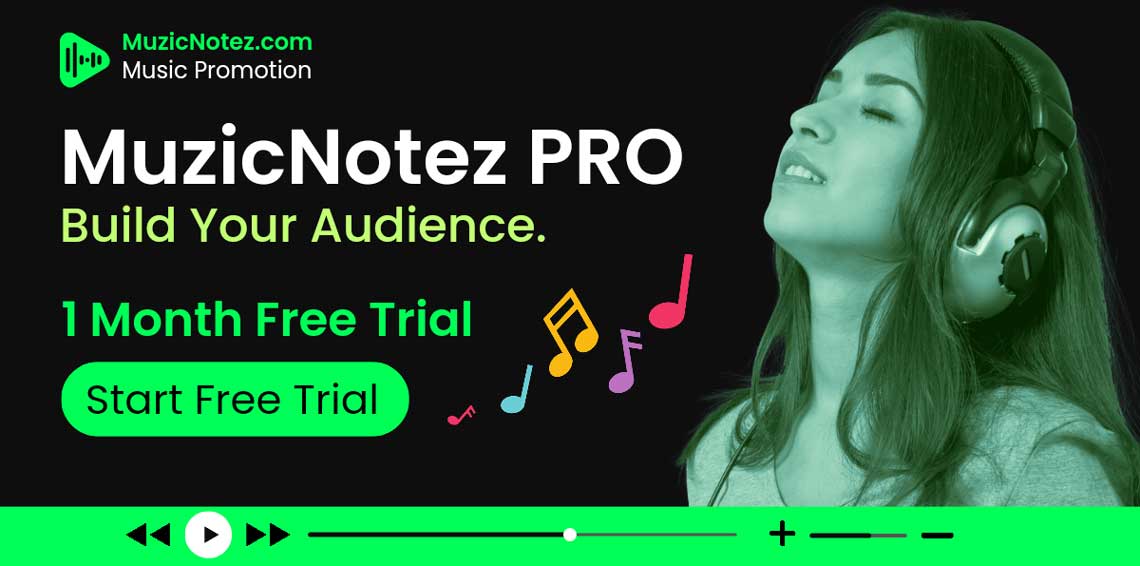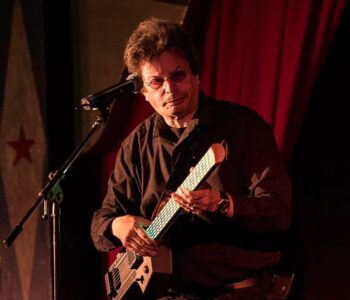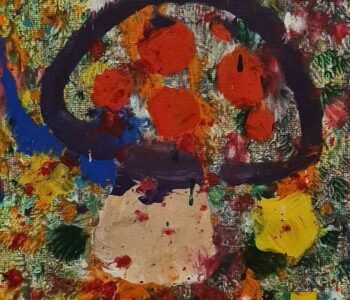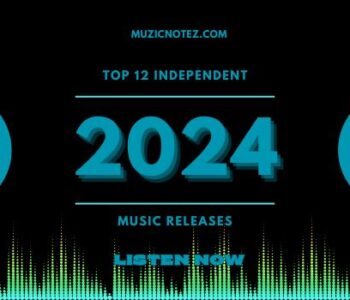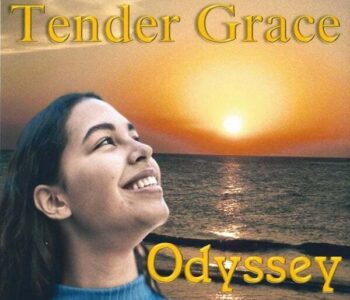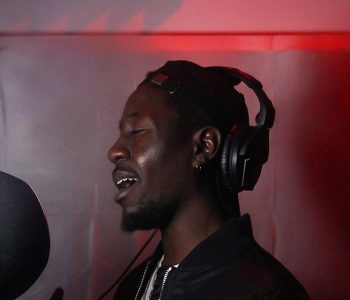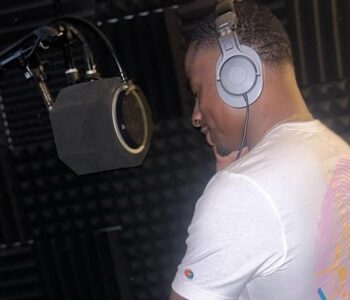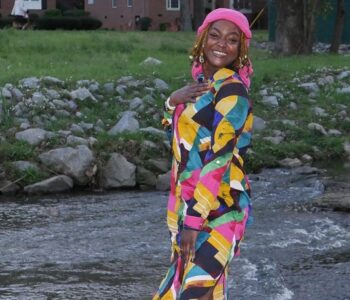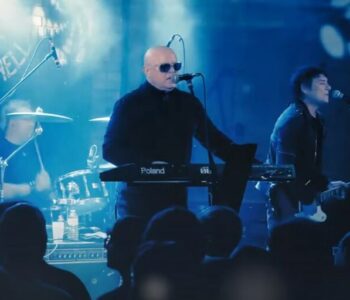Could there ever be a festival again like there was back in 1969? Of course, I’m talking about what Rolling Stone called “the most famous event in rock history”, the Woodstock Music and Art Festival. Was it just the perfect time, culture, and music all coming together at one time to create the most amazing and talked about music event? It took place in Bethel, New York from August 15th through the 18th in the summer of love, 1969. There was over 500,000 attendees and 32 performances.
The 60’s had a great deal of suffering, with the assassination of JFK, the Vietnam War, racism and segregation. As well as a great deal of change with the civil rights movements, rally’s and the evolution of music as people knew it. All of these issues and more culminated in a musical explosion known as Woodstock, of which would change the world forever, and Woodstock is loved just as much today.
Michael Lang was a teenager at the time who owned a head shop in Coconut Grove, Florida. He met Artie Kornfield, a Capital Records A&R man, and songwriter, in late 1968 to talk about producing a music festival and building a recording studio. To fund all this they connected with Joel Rosenman and John Roberts whom were already building large studios in New York. Together these 4 men formed Woodstock Ventures, Inc. They got the name from the artsy town of NY where Bob Dylan grew up called Woodstock, it was known as an artist and musician haven, so fit perfect with what they were doing.
They originally had planned to have the festival in Wall kill, NY. However the town’s people of Wallkill didn’t like what was going on and filed a number of lawsuits to stop the festival. After several weeks of grief, Woodstock Ventures were refused permission to put on the festival in Wallkill. This forced Woodstock Ventures to put the studio plans on hold, and just focus on getting the festival to run. Lang then received a call from a local motel owner, Elliott Tiber that 59 year old dairy farmer Max Yasgur, in the township of Bethel, NY, would allow them to use his 600 acres of farm land for $50,000. Work immediately began to build the 75 foot stage and make this land ready for the music festival.
Only around 30,000 people were expected to come while they were planning for the festival, however this number would be proved to be quite inaccurate. People began to flock from all over the country and world to Bethel, NY. By Wednesday Aug. 13th already 60,000 people were standing in front of the newly built stage. On Friday the 15th the roads were so clogged the only way the artists could arrive to the festival was by helicopter from a nearby airstrip.
About 100,000 tickets were sold previous to the festival; however the fences and gates were never finished so those tickets became unnecessary, as thousands swarmed over them to the festival anyways.
“It’s a free festival from now on!” was shouted out from the stage.
The festival was scheduled to start at 4 p.m. on Friday; however it didn’t start till after 5 due to the traffic problems and artists not being able to get there on time. The first performer was New York born folksinger Richie Havens. He was only supposed to play for 20 minutes, however due to traffic and the other artists not showing up on time, he played for over 2 and a half hours. He ran out of material due to this, and was just jamming out and literally came up with arguably his most famous song “Freedom” on the spot.
“The vibe at Woodstock was an expression of the times,” funder Joel Rosenman, said. “Energized by repugnance for a senseless war and for the entrenched discrimination of the establishment, a spirited but nonviolent counterculture was sweeping the country. That counterculture burst into bloom like the mother of all Mother’s Day bouquets at Woodstock.”
Rain had delayed much of the first day, however 8 acts still made it on stage Friday, as well as a swami. Capping off the first historic day Joan Baez ended with the spiritual “We Shall Overcome.”
Saturday hosted the most acts of the festival, they played from around noon until Sunday at dawn. During this epic time idolized acts such as Jefferson Airplane, Santana, Sly and the Family Stone, The Who, Canned Heat, Mountain, Grateful Dead, CCR, and Janis Joplin!
Sunday was interrupted by violent thunderstorms just after Joe Cocker and The Grease Band’s finale of the famous song “A little help from my friends.” However later that afternoon the festival carried on throughout the night with acts such as Johnny Winter and then brand new CSNY, whom were performing just their second gig together!
The final closing day of Woodstock was Monday, Jimi Hendrix woke up the crowd at 8:30 in the morning. Once his beloved performance came to an end, he closed out the festival about 2 hours later at roughly 10:30am with his profound improvisational version of “The Star Spangled Banner.” This performance has come to symbolize the weekend, as well as so many other famous moments.
After the festival was over, Max Yasgur, whom owned the farm in Bethel, New York, hosting the audience of roughly half a million people, spoke for many when he said “The kids were polite, shared everything with everyone, and they forced me to open my eyes. I think America has to take notice.”
A festival filled with over a half million people living together for 3 days dealing with constant rain, food shortages, lack of regular human comforts, bad acid, good acid, life, death, love, peace and happiness. “Woodstock is a reminder that inside each of us is the instinct for building a decent, loving community, the kind we all wish for,” said Joel Rosenman. “Over the decades, the history of that weekend has served as a beacon of hope that a beautiful spirit in each of us ultimately will triumph.”
Never again has a music festival brought people together like Woodstock has, however they’ve tried. It was just the right time, place, people and music all converging together at once bridging a gap between the generations and bringing people together with love, peace, and music.
